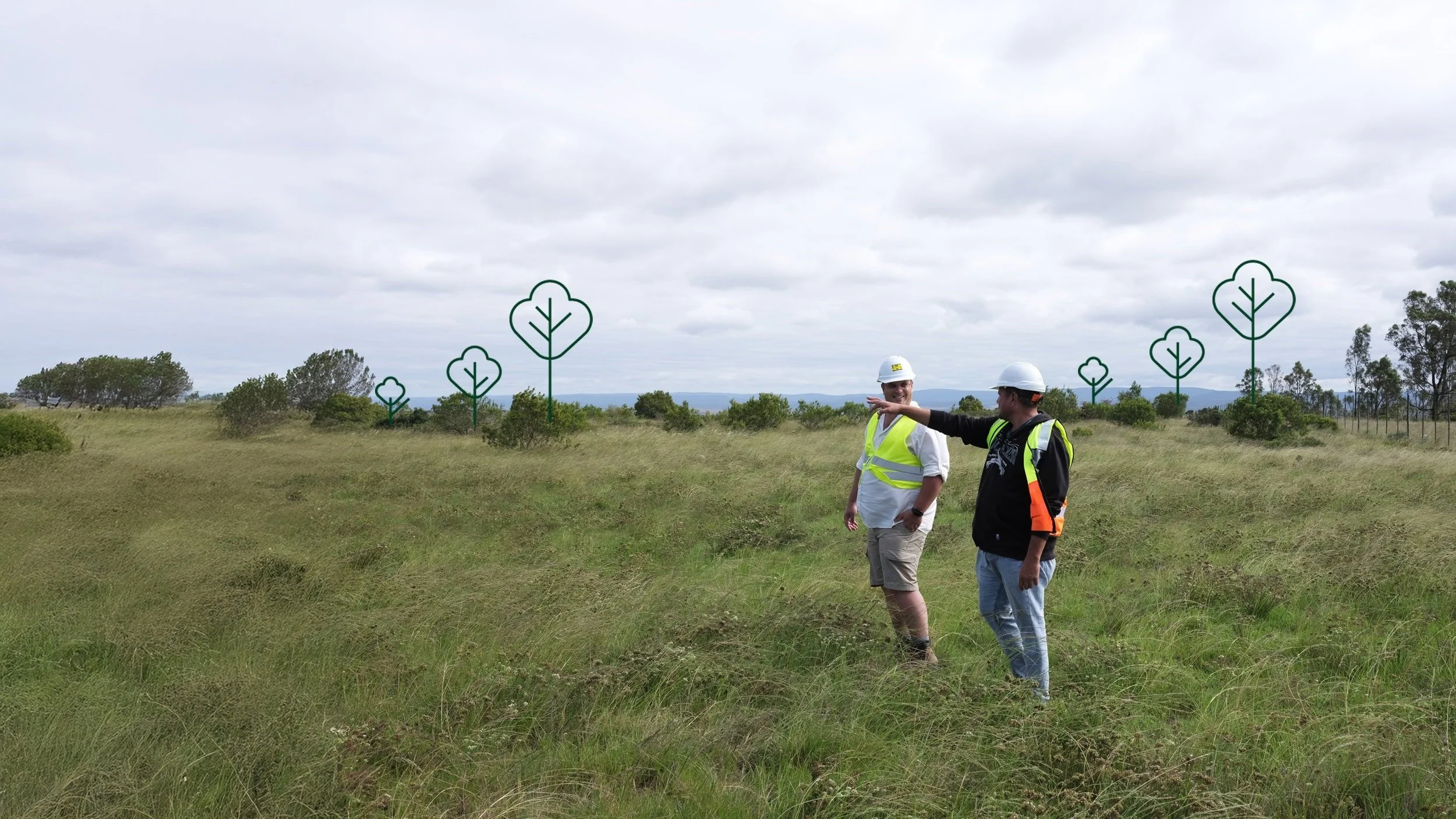Webinar recording: Water impact claims from the clearing of invasive alien plants in South Africa
In our recent webinar with the Roundtable on Sustainable Biomaterials and WWF South Africa, we explored the urgent threat invasive alien plants pose to South Africa’s freshwater security. These species now cover more than 10 percent of the country and are estimated to consume up to 6 percent of national freshwater resources each year. In addition to draining water systems, they degrade ecosystems, reduce biodiversity, and increase wildfire risk.
While efforts to clear invasive plants have been ongoing across the public, private, and NGO sectors, progress has been constrained by high operational costs and the lack of a standardised way to measure outcomes. To help address this gap, we introduced a new tool developed in partnership: the Water Impact Calculator, designed to quantify the freshwater benefits of invasive alien plant removal and support scalable, verifiable restoration initiatives.
A Practical Tool for Measuring Water Recovery
The Water Impact Calculator, launched in June 2025, provides a robust methodology for estimating the amount of freshwater recovered through the removal of invasive alien plants. Built on research by Dr David le Maitre and the Working for Water programme, the tool brings more than a decade of ecological science into a user-friendly, Excel-based format.
Users input project-specific details such as species type, plant density, biome, and rainfall. The calculator then estimates the volume of water released back into the ecosystem. Results are provided in cubic metres per hectare and per ton of biomass, allowing for standardised impact accounting across projects.
Evidence from the Field
In a pilot project near Gqeberha, Stewards of Nature applied the tool to assess the impact of clearing activities across seven sites. The project removed 9,034 tons of invasive biomass from 269 hectares, resulting in an estimated 844,711 cubic metres of water recovered. This equates to about 94 cubic metres of water saved per ton of biomass, or 144 cubic metres per ton of pellets.
These water savings are equivalent to the annual usage of more than 16,000 households, or enough to irrigate over 3,000 hectares of maize in a single season.
Enabling Scalable, Verified Impact
The Water Impact Calculator enables companies to account for their role in restoring water systems through verified data. This offers a new opportunity for buyers of cleared biomass, such as pellet producers, to include water benefits in their sustainability reporting. Verified claims can be audited by third parties and aligned with ESG commitments.
The tool also supports follow-up monitoring of cleared sites, helping to ensure long-term restoration outcomes and prevent the return of invasive species. Looking ahead, partners plan to expand the methodology to include biodiversity indicators such as habitat recovery and soil health.
Restoring Water Systems through Regeneration
In a changing climate, with increasing strain on South Africa’s water resources, nature-based solutions are becoming more urgent and more valuable. By providing a transparent, data-driven method to quantify one of the most important ecosystem services—water recovery—this tool helps shift the economics of land restoration.
The ambition is not just to clear invasive alien plants. It is to regenerate natural systems, strengthen rural economies, and deliver lasting water security for communities and ecosystems alike.

